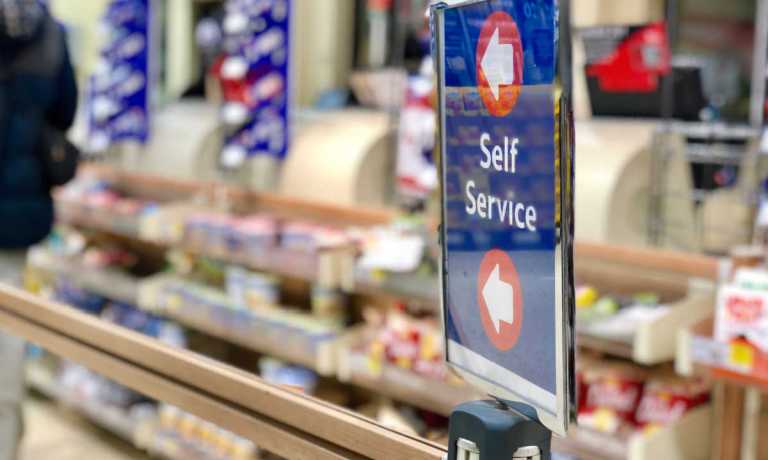
Consumers are demanding eCommerce-like convenience from their in-store journeys, and retailers are rising to the occasion with self-service technologies.
In an interview with PYMNTS, Brandon Barton, CEO of self-service kiosk provider Bite, which recently raised $9 million in its Series A funding round, shared that the company, which has focused on restaurants, is getting “more inquiries today from retail brands” than ever before.
He explained that retailers are seeing the opportunity to use the ordering solution to meet customer demand for omnichannel experiences in a way that keeps their focus on the shopping journey.
“What you want people to do is go to the internet and check [product information], because then it’s scalable and updated with the most recent info, with the most recent sale and everything, but the minute somebody takes out their phone, they have 70 notifications from Slack, Instagram email and texts that distract them,” Barton said. “So, if you have a self-service kiosk that sits beside and is complementary to a retail experience, you blend online and offline in what I think is an elegant way for the consumer purchase journey.”
Indeed, a significant share of consumers expects to be able to shop this way.
The PYMNTS Intelligence study “2024 Global Digital Shopping Index: U.S. Edition,” created in collaboration with Visa Acceptance Solutions, found that across retail, 31% of shoppers fall into the Click-and-Mortar™ category, opting to shop across digital and physical channels. Specifically, the report, which drew from a survey of more than 2,400 United States consumers, found that approximately 20% of consumers surveyed shop in stores with the assistance of digital technologies, and 11% make purchases digitally for in-store pickup.
Around the world, the opportunity is even greater. The global edition of the report, “2024 Global Digital Shopping Index: The Rise of the Click-and-Mortar™ Shopper and What It Means for Merchants,” which drew from a survey of nearly 14,000 consumers across seven countries, found that 39% of consumers are now Click-and-Mortar shoppers™, with 25% being digitally assisted in-store shoppers.
In the restaurant industry, Barton contended, consumers are demanding self-service options.
“There are obvious advantages to this for the consumer, like being able to take your time, being able to clearly see every menu option available to you and every customization available to you, order accuracy, and generally this idea that, you know, I might not want to interact with somebody today,” he said.
Indeed, in some restaurant occasions, consumers want the technology, though there are others where diners feel it detracts from the experience. The 2022 PYMNTS Intelligence study “The Digital Divide: Technology, the Metaverse and the Future of Dining Out” revealed that 51% of grab-and-go customers said ordering through a self-service kiosk would positively impact their satisfaction, while only 20% of dine-in customers said the same.
Looking ahead, Barton sees the opportunity to go all-in on personalization, leveraging the technology to tailor the consumer journey to that particular customer.
“The old point loyalty is boring and doesn’t engage guests the right way, but offering things to people that are unique and special is becoming a more desired part of loyalty,” he said. “These types of things where we’re playing around with having different guest experiences for different guests make me excited.”